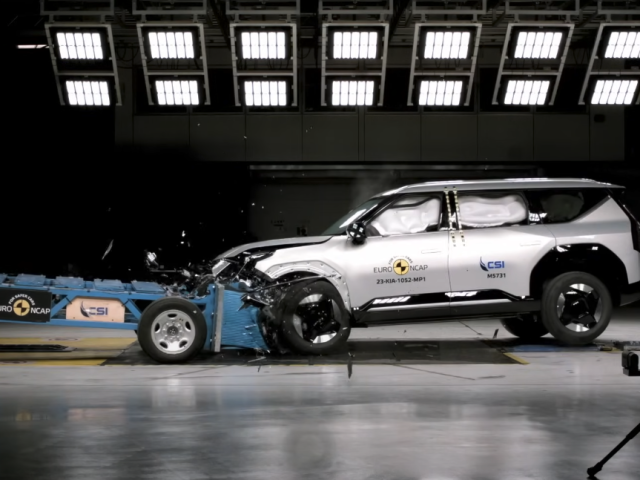Drink-Driving in Italy
Figures
The scale of the alcohol-related collision problem across Italy is currently unknown.
However, work is underway to fill the gap. The Carabinieri and National Police, who collect about one third of all data on road collisions with injuries, have made available some data for 2019 showing that out of 58,872 collisions with injuries, 5,117 (or 8.7%) involved at least one driver under the influence. The proportion is stable compared to 2018 (5097 drivers found under the influence representing 8.7% of all road collisions), but is higher than in 2017 (7.8%).
National policies
Several legal changes have been put in place in order to help mitigate drink-driving in Italy, namely:
- May 2008 – stricter penalties introduced in the Highway Code, including the confiscation of the vehicle driven by a person under the influence.
- July 2009 – drink driving offences occurring between 22.00 to 07.00 face higher sanctions.
- July 2010 – the Highway Code was modified to introduce a lower drink-driving limit for young, novice and professional drivers of 0.0 g/l.
- 2016 – Vehicular homicide law introduced as a criminal offence, with tougher punishment for drink driving offenders
- January 2020 – Task to perform alcohol checks and traffic controls extended also to city police
BAC limits and sanctions
Italy set the standard legal limit at 0.5.
In July 2010 the Highway Code was modified to introduce a lower drink-driving limit of 0.0 g/l for young (under 21), novice (less than three years of driving licence) and professional drivers.
Penalties for driving under the influence of alcohol depend on the alcohol level found during the check, while loss of ten points from the driving licence (Italy has a penalty point system in place since 2003) is applied for any alcohol level above the legal limit. In case the driver causes a collision, penalties are doubled.
The fines are increased by one third to half when the offence is committed after 10 pm and before 7 am. If the drink-driver causes a road collision, the sanctions referred to in the table above are doubled and the administrative detention of the vehicle is ordered for 180 days, unless the vehicle belongs to a person unrelated to the offense.
Enforcement
Alcohol tests are done only when alcohol is considered to be the main contributory factor in a fatal or serious collision. The blood alcohol level is checked either via a breathalyser or through a blood test. The driver is required to perform the breathalyser test twice, with the second test occurring after five minutes.
According to data recently released by the traffic police, 1,264,314 drivers were checked for alcohol from 1 January to 15 December 2019, of which 23,800 were sanctioned for driving under the influence, an increase of 2.2% compared to 2018.
Rehabilitation and Alcohol Interlock programmes
Italy has no rehabilitation programmes for drink-driving offenders in place nor any legislation on Alcohol Interlock programmes adopted so far.
In 2020 a new legal proposal to introduce alcohol interlocks for drink-driving offenders was presented to the House of Representatives of the Italian Parliament, marking the first step on the road to adoption.
According to the draft proposal, offenders caught driving with a BAC from 0.8 g/l to 1.5 g/l would have to install an alcohol interlock for two years; 3 years for those with a BAC above 1.5 g/l.
Campaigns
In 2015, the ANIA Foundation for Road Safety carried out a campaign inspired by the Ten Commandments. The main topics related to road crashes in Italy were touched upon: from the total number of road victims to the main causes of accidents, namely driving in an altered psychophysical state and distraction, with a specific focus on young drivers and cyclists.
Also in 2019, The Automobile Club Italia launched #GUIDACONCOSCIENZA, a social campaign made up of eight short films with two well-known influencers; the fifth episode addressed drink-driving with a focus on young drivers.
To read the full country focus click here.







